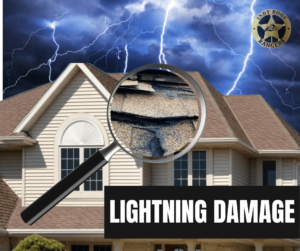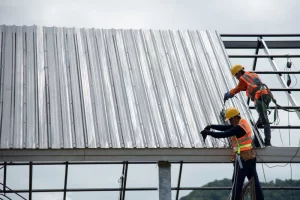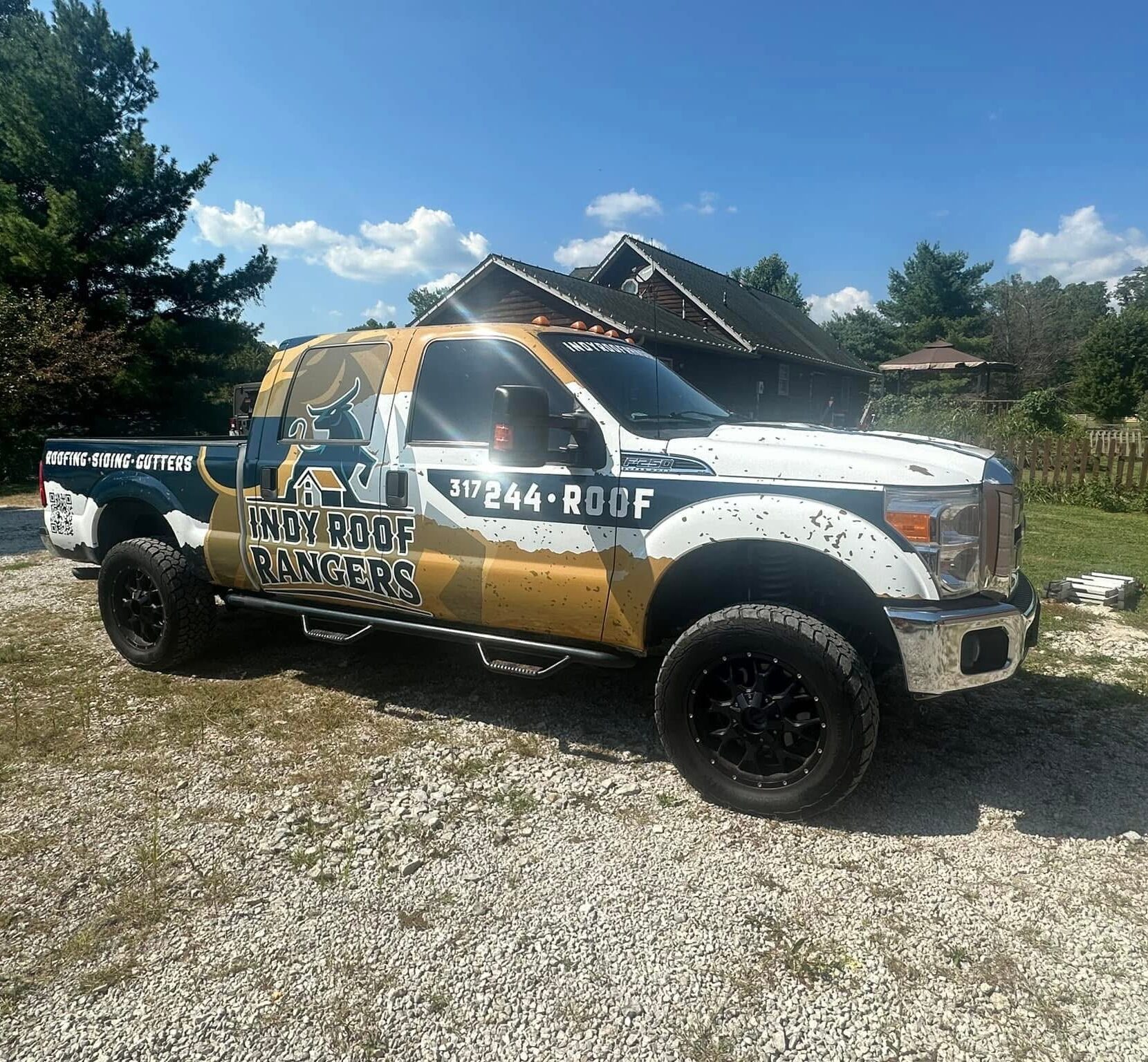What You Need to Know About Installing A Ballasted Roof System
A ballasted roof system is a flat roofing structure that uses ballast to hold the membrane down and protect it from wind. In this article, we will explore the different types of ballast used in these systems, proper installation techniques, advantages over other roofing systems such as durability, ease of maintenance and cost effectiveness. Additionally, we’ll provide tips on selecting ballast materials and design considerations when planning a ballasted roof system. With this information you can make an informed decision about which type of ballasted roof system best fits your needs.
Types of ballast
The most common ballasts used in ballasted roof systems are concrete blocks, gravel or stones, and clay pavers. The ballast should be selected based on the size and weight required for proper protection from wind uplift. Concrete blocks provide a more lightweight option than gravel or stones, but can be more difficult to remove if repairs or maintenance are necessary. Gravel and stones offer a cost-effective option that can be easily removed for repair work, however ballast weight must be carefully considered to ensure proper wind uplift protection. Clay pavers provide the most secure ballast system but can add significant cost in terms of installation and materials.
Proper Installation Techniques
When installing ballast, it is important to ensure that the ballast material is laid down in a uniform fashion and is not placed too close together. This ensures that ballast does not move during high winds, which can allow water to penetrate the membrane. Additionally, ballast should be placed on top of a geotextile layer in order to prevent ballast from clogging the drainage system. Finally, ballast should be installed at a minimum depth of four inches for optimal protection and wind uplift performance.
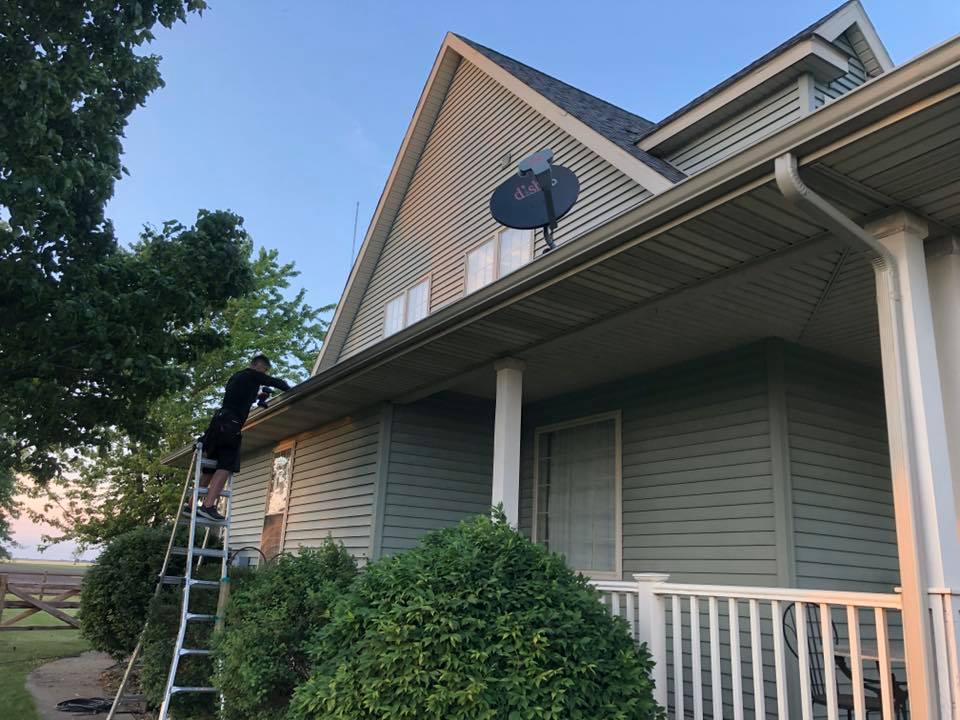
Advantages of Ballasted Roofs
Ballasted roofs offer many advantages over other roofing systems. Their durability is one of their greatest strengths, as ballast material can last for many years with minimal maintenance. Additionally, ballasted roofs are relatively easy to maintain due to the ballast material that holds down the membrane and prevents wind uplift. Finally, ballasted roofs are a cost-effective solution since ballast materials are generally much cheaper than other roofing materials.
Tips for Selecting Ballast Materials
When selecting ballast materials, it is important to consider the size and weight of the ballast as well as its compatibility with existing roof material. In addition, ballast should be chosen based on the climate in which it will be used, as some ballasts are better suited to certain climates than others. Furthermore, ballast should be chosen based on its permeability, as ballast that is highly permeable can allow water to penetrate the membrane and cause damage. Finally, ballast should be selected for its ability to resist wind uplift and promote drainage performance.
Design Considerations When Installing A Ballasted Roof System
When designing ballasted roof systems, there are several important considerations that should be taken into account. The ballast material should be chosen based on its weight and size requirements for proper wind uplift protection. Additionally, ballast materials must be installed at a minimum depth of four inches for optimal performance. Furthermore, ballast materials should be placed on top of a geotextile layer to ensure ballast does not clog the drainage system. Finally, ballast should be selected based on its compatibility with existing roof material and for its ability to resist wind uplift and promote proper drainage performance.
In conclusion, ballasted roofs are a durable and cost-effective option when compared to other roofing systems. When selecting ballast and designing ballasted roof systems, it is important to consider the size, weight, permeability, and climate conditions of ballast materials, as well as their compatibility with existing roof material. Additionally, ballast should be installed at a minimum depth of four inches for optimal performance and wind uplift protection. With proper installation techniques and design considerations, ballasted roofs can provide many years of reliable protection from the elements.
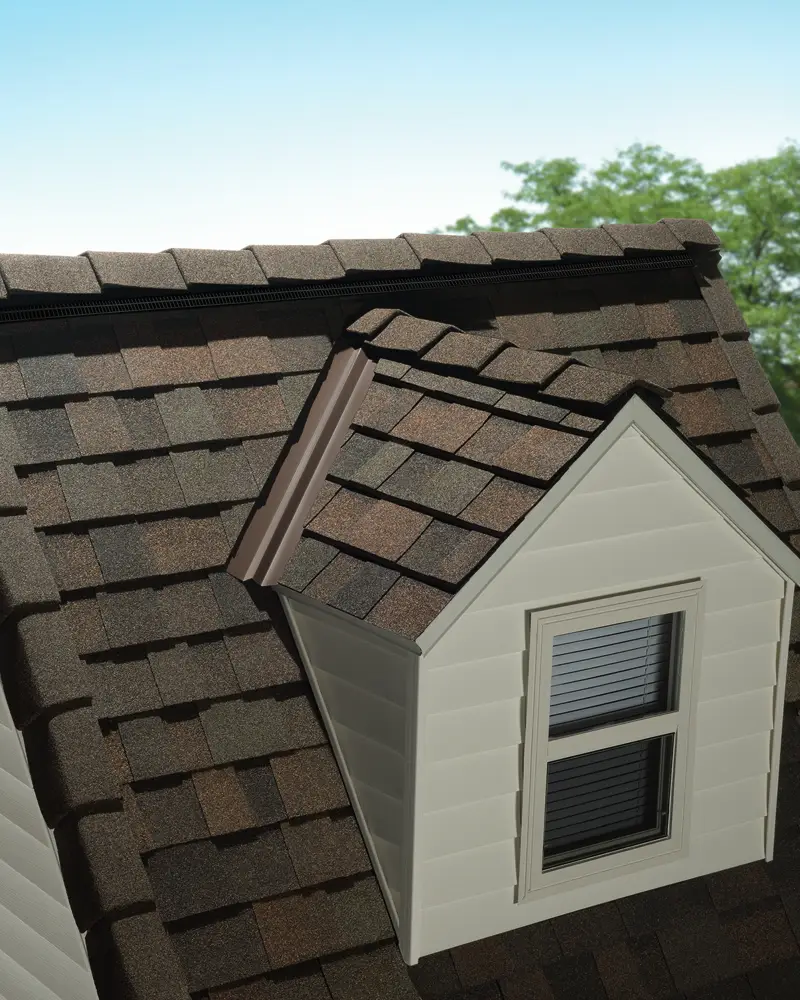
Indy Roof Rangers
https://www.google.com/maps?cid=2247677804134186354
5339 W Minnesota St, Indianapolis, IN 46241, United States
(317) 244-7663
https://indyroofrangers.com/

